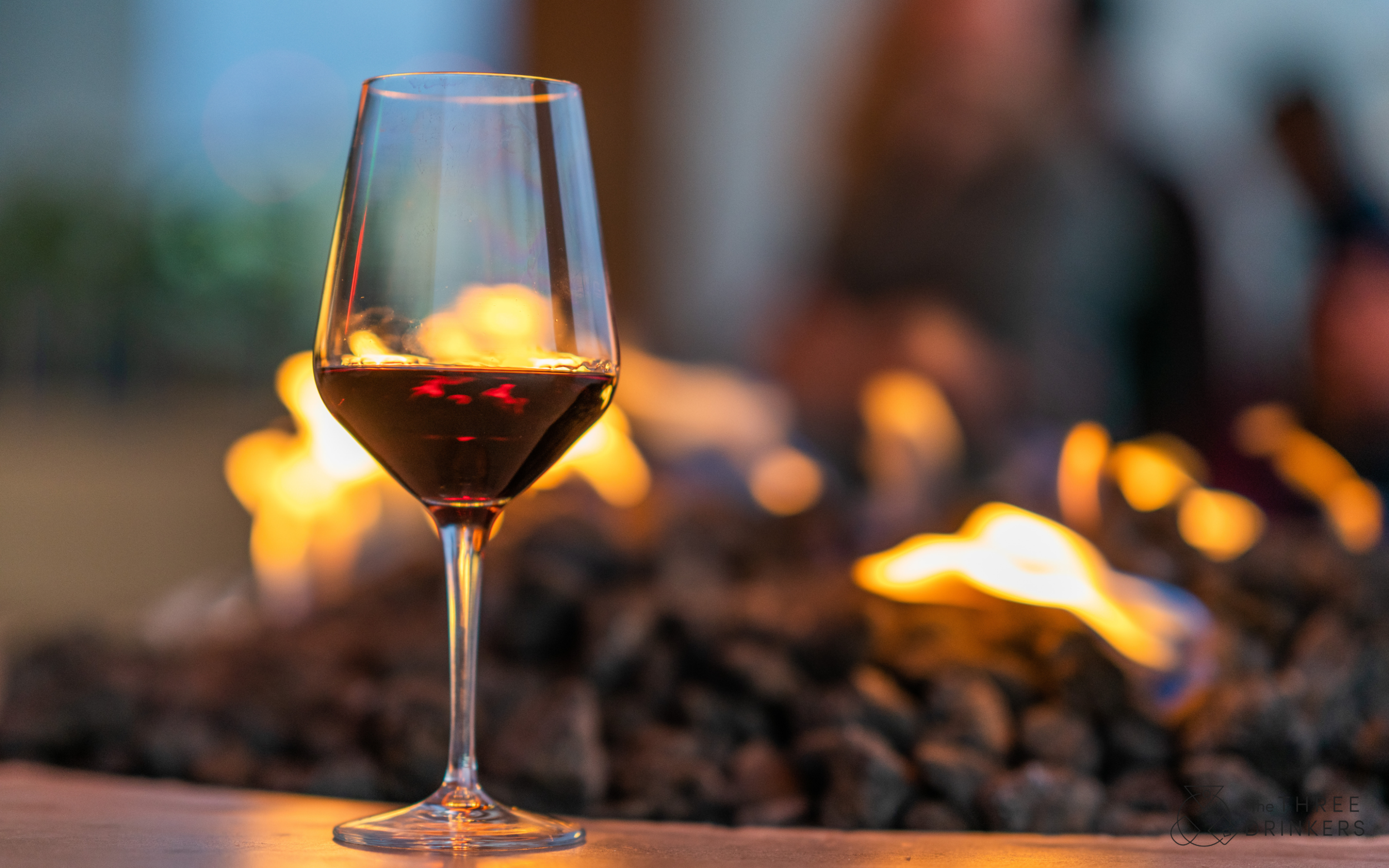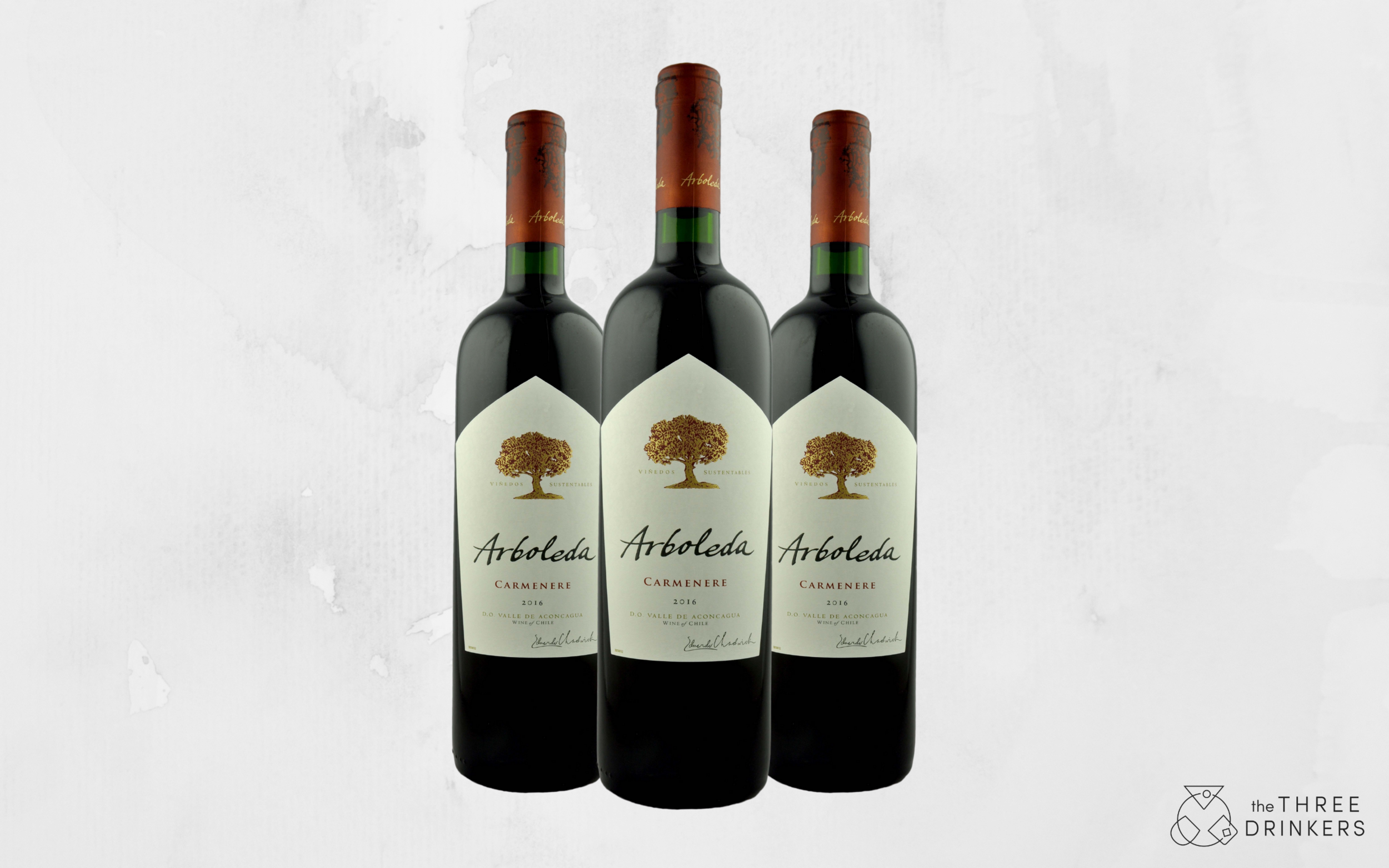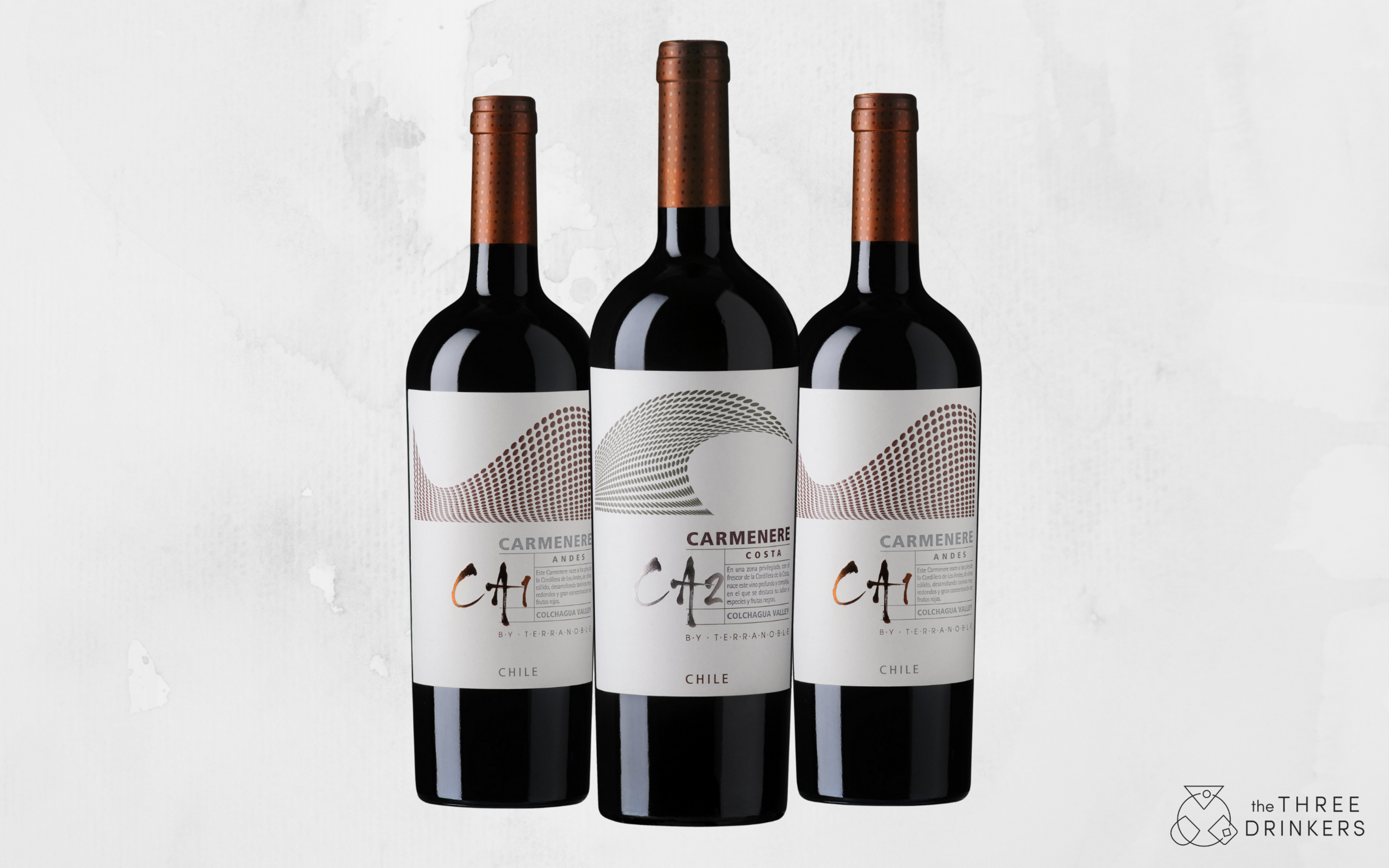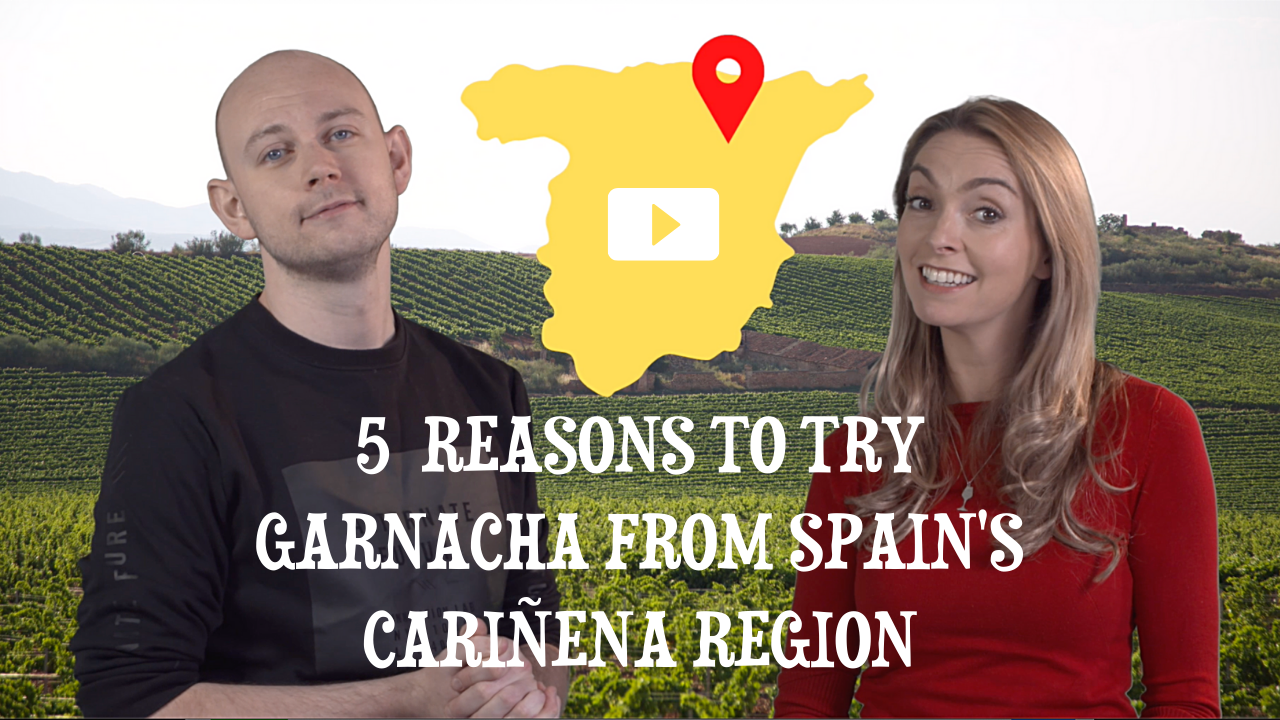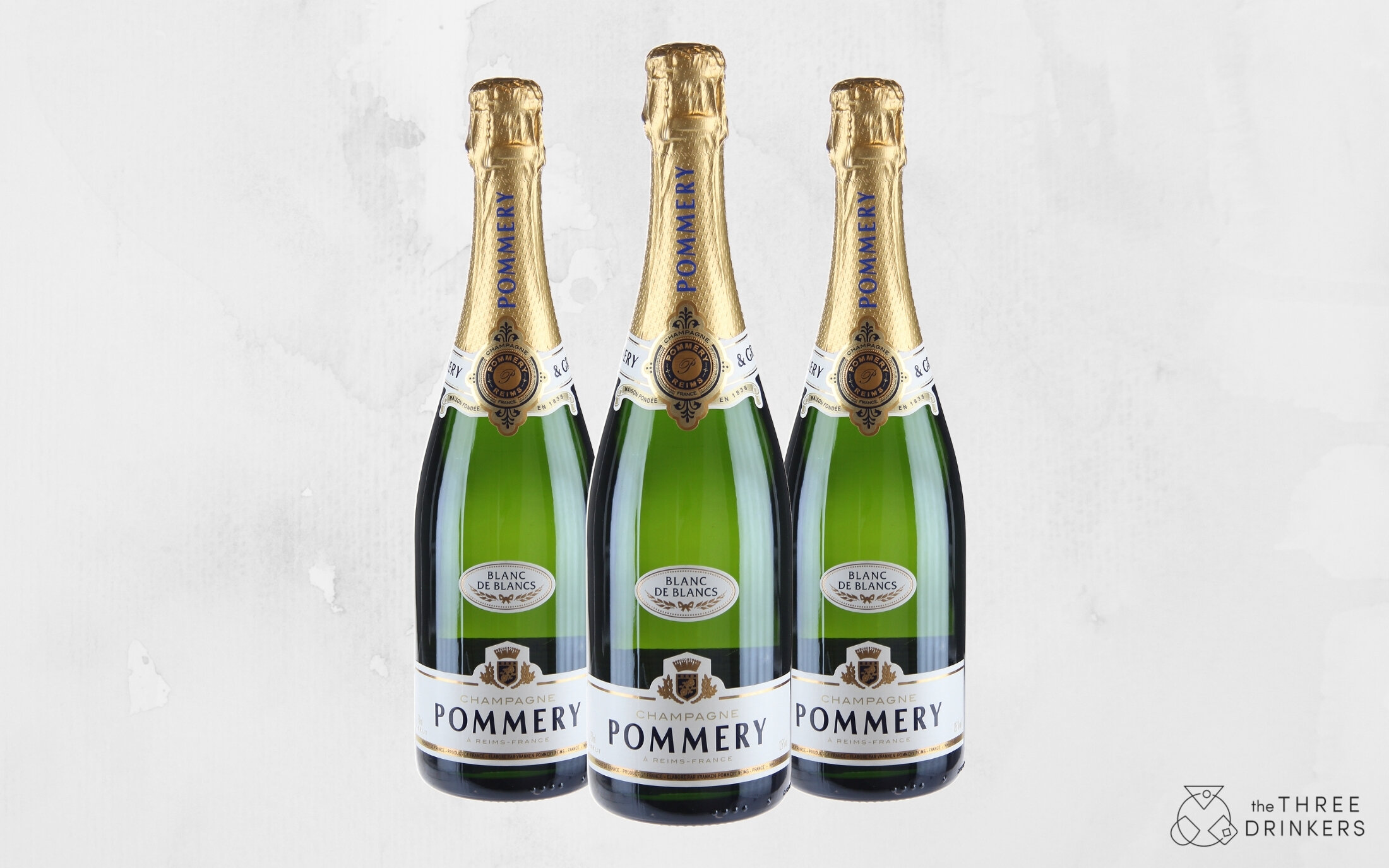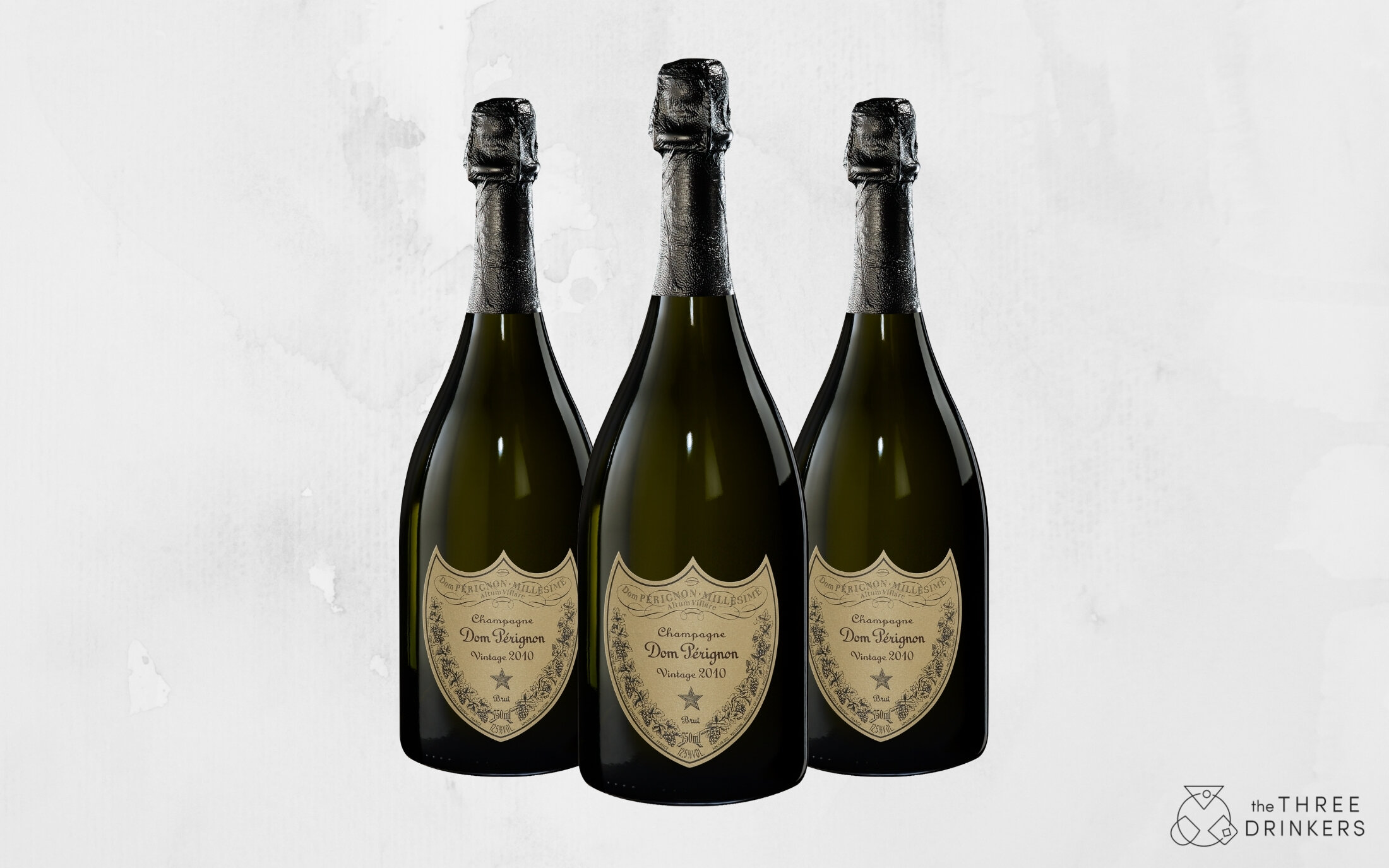Don't ignore Sherry because you once tasted the sweet stuff your Nan drinks. Real Sherry is a whole world of moreish deliciousness! In this video, Helena answers the big questions: What is Sherry? What makes Sherry unique and what are the keys styles of Sherry? All with Russian dolls with beards and a nice Vinalogy about a choir. And a dog. Happy Sherry Week! #SherryWeek
Why the Cariñena Wine Region Needs to be on Your Radar
Carignan, also known as Cariñena, Carinyena, Carignane, Carignano, Samsó, Mazuelo and more is a grape that hails from Aragón within the region of Cariñena in Northeastern Spain. This is a region with a culture so entwined in winemaking, it gave the grape its name. Join Aidy and Helena as they take you on a journey of discovery to find out more…
Enjoyed this? Then make sure you check out 5 Reasons to Try Garnacha and Your Two Minute Grape Guide to Carinena
What is Orange Wine?
Let’s talk about orange wine, a wine drinking trend that has skyrocketed this year. There is so much confusion around this wine style though: is it new? Is it ancient? The answer is, it’s kind of both. Here are a few things you need to know about orange wine with three to try.
What is orange wine?
Orange wine is a wine made with white grapes, but unlike most white wine, the juice, once pressed is left in contact with the skins and usually, the seeds too. The vessels used for this are quite often large earthenware pots rather than steel tanks or oak barrels that we see in more regular winemaking. This extra contact gives the wine more colour, weight and texture than white wines. Some describe them as having the complexity and tannic mouthfeel of red wines with the freshness of white wines. Typically, they tend to be quite savoury in style and pretty dry, with notes of dried fruit, spice and iced tea. The intensity of the colour, savoury characteristics and level of tooth-drying tannins will depend on the amount of time spent on the skins and pips, which could be from a few hours up to a week, months or occasionally, years.
Orange wine is now becoming very much part of a normal wine list, along with white, red and pink. Funny it has taken so long given how long orange wines have been around, but more on that later.
How do you drink orange wines?
Orange wines are best served cool but not cold, so their fruit character and aromatics are not masked by the tannin. They are fantastically versatile and can take a good amount of flavoursome spices, salt and nuts. In its homeland of Georgia, people gather for epic long feasts called ‘supras’ where the wines have to be able to stand up to all sorts of local dishes at the same time. Find one you like and this could be your new wine colour of choice for Christmas lunch.
What’s the difference between orange wine and natural wine?
Natural wine is any wine (white, red, pink, sparkling) that has been made with zero or minimal intervention. This means grapes are left to ferment and do their thing, often in whole bunches, without any additions such as sulphites. They are usually unfiltered too, which is why they are often cloudy. Many orange wines are also ‘natural’ as the tannins and the antioxidants found in grape skins negate the need for additives, but not all of them are.
Orange wine: a new term for an ancient practice
This non-interventionist way of making wine goes thousands of years in the Eastern European country of Georgia, which sits at the intersection of Europe and Asia. It has also been around for hundreds of years in neighbouring Slovenia and Northeastern Italy, so it’s anything but new, though many more countries are now having a go at making their own orange wines. In Georgia, the name for the wine colour has always been translated as ‘amber’ (from ‘karvisperi’) but it was only in 2004 that an English wine merchant coined the term ‘orange wine’ and that is what has stuck.
This ancient practice of making amber wines in Georgia often involves large earthenware pots known as qvevri, which in the olden days were buried in the ground to help regulate the temperature of the wine during fermentation (it creates a fair bit of heat). The practice has remained, despite numerous incursions from their northern neighbours and today, there’s a new wave of winemakers blending the traditional techniques with a more modern approach. The results are extremely exciting for the wine world.
Three orange wines to try
Teliani Valley, Kakhuri No. 8, 2019, Kakheti, Georgia.
This savoury, amber wine is a blend of four indigenous, Georgian grape varieties (Rkatsiteli, Kakhuri Mtsvane, Khikhvi and Kisi), harvest from Georgia’s best known wine appellation in the East: Kakheti. It’s a nutty, sappy little number with tonnes of texture and notes of dried apricot and herbs, thanks to the skins staying with the wine for six months after fermentation. A great food wine. Try it with cheese dipped in local Svanetian salts if you can find them! These wines love salt and spices.
Find it for £12.99 at Kwoff, Connolly’s Wine Merchants, Highbury Vintners
Teliani Valley, ‘Glekhuri’ Kisi Qvevri, Akhmeta, 2019, Georgia.
Another from producer Teliani Valley, this wine is made with 100% Kisi (that’s the grape) harvested from the Akhmeta district and fermented in underground qvevri. A touch more aromatic than the wine above with warm spice notes and riper fruit. Kisi is an easy Georgian grape to remember and makes very pretty wines like this.
Find it here for £21.25 at Connelly’s Wine or by the case at Kwoff
Naranjo, Totontel Orange Wine, Maturana Wines, Maule Valley, Chile.
Moving away from Georgia to orange wine’s ‘new world’, this is a much more modern style of orange wine, made with the Torontel grape, which helps give it orange blossom aromatics, notes of apricot and a creamy, texture reminiscent of white chocolate. This is a great one to start with if you’re not yet sure about orange wine. Grab the last few bottles while you can - the next shipment is due at the end of November.
Find it for £16.50 at Corney and Barrow.
If you enjoyed reading this, why not check out more of our wine content here?
Why fill in the The Drinks Trust industry survey
Press release from the Drinks Trust
Over the last few months, The Drinks Trust has been able to award a significant number of financial grants to people within the industry who have been struggling with challenges at this time. In addition, an increased selection of wellness services have been made available to support people. The Trust will continue to provide these services. However, the emerging and likely long-term effects that the current situation will have on the community has led us to launching our first Drinks Industry Survey. It has been created to establish how members of the hospitality and drinks industries are feeling, what their concerns are and to better understand what their thoughts are on diversity and inclusion in our industry.
Link to the survey: https://waw.getfeedback.com/drinkstrustsurvey
The results will help to evolve the services and support supplied by The Drinks Trust as well as businesses in the drinks and hospitality sectors. The survey includes four sections covering you, your work life, diversity and your wellbeing and should take approximately 12 minutes to complete.
By understanding the diverse nature of our industry, and what more needs to be done to evolve it, we are able to better support the drinks industry community.
The survey has been created by We Are Wellbeing in association with Best Bar None, NDML, NTIA, SIBA and WSTA.
Drinks Trust CEO, Ross Carter said, “we are very keen to understand the needs of the people within our industry so we can ensure we provide the best possible support to them. We ask all businesses to share the survey so we can build a comprehensive picture”.
Operations Manager, of NTIA, Silvana Kill said, “The NTIA are extremely proud to work in partnership with the Drinks Trust, Best Bar None, We Are Wellbeing and all partners to create this survey. We hope to gain some critical insight and understand how best we can support our industry. Never has there been a more important time than now to join forces and support diversity, inclusion and the wellbeing of the night-time industry workforce. We are fully committed to helping our community on this journey throughout the pandemic and beyond.”
Andy Romero-Birkbeck, Founder &Director of We Are Wellbeing said, “We Are Wellbeing are proud to be supporting the hospitality industry, particularly at a time like this. We firmly believe that the success of the drinks and hospitality industry is crucial to the social wellbeing of our society. We will do whatever we can to ensure both businesses and employees are supported throughout”.
Take part in the survey: https://waw.getfeedback.com/drinkstrustsurvey
Your Two Minute Grape Guide to Cariñena
Carignan, also known as Cariñena, Carinyena, Carignane, Carignano, Samsó, Mazuelo and more is a grape that hails from Aragón within the region of Cariñena in Northeastern Spain. Follow Aidy and Helena as they take a closer look at the Cariñena grape…
Enjoyed this? Don’t forget to watch 5 Reasons to Try Garnacha.
Carmenère: Smoky Sorceress of Wine Grapes
Words by Helena Nicklin
Carmenère is a red grape that has really upped its game in the last few years. Fans of Cabernet Sauvignon will appreciate its similar, brooding, blackcurrant leaf flavour profile but Carmenère tends to be juicier and less tannic than Cabernet Sauvignon with a characteristic cocoa and bell pepper notes on the finish. Dark purple, velvety and smoky, throwing herbs into the cauldron, Carmenère has always been the smoky sorceress of wine grapes to me.
Much like Malbec in Argentina, Carmenère came over to South America from Bordeaux when French immigrants settled there in the 1800s. For years it was believed to be Merlot but it eventually was discovered for what it was and has only been an officially recognised varietal in Chile, its new spiritual home, since 1998. It never thrived in its original home of Bordeaux where it struggled to get ripe and after the phylloxera vine infestation of 1870s, most of the vines there were ripped out. Chile had the right combination of weather and soils however to let the grape show its potential. For years it made relatively inexpensive, juicy, dark red wines in Chile that were easy to drink but not all that complex. Nowadays, Chilean Carmenère is getting the full terroir treatment, with higher quality wines from specific microclimates really showing what this grape can do. According to winemaker Marcelo Garcia at TerraNoble winery in Chile, a Carmenère plant takes around 12-15 years to truly shine, when it starts to make wines that have more structure and fewer vegetal notes.
Fact: The name Carmenère comes from the French word for crimson, which is ‘carmin’, thanks to its bright red leaves at Autumn time.
Fact: Carmenère is also often spelled with two accents: Carménère. Chile tends to only use one.
Carmenère Food Match
The smoky, leafiness of this grape makes it a great match for earthy meats like roast lamb and grilled vegetables. It loves anything that’s been on a barbecue!
Chilean Carmenère Tasting Tour
Co-op Irresistible Carmenère
From the warm, inland appellation of the Maipo Valley, this cheap and cheerful wine is a classic example, packed with notes of ripe blackcurrant, vanilla spice and green pepper. Smooth velvety. It packs quite a punch.
Find it here at Co-Op for £7
Arboleda Carmenère 2016
A rich, bramble-fruit and chocolatey number hailing from the inland Aconcagua region that is a step up in structure and complexity. Silky smooth, but big enough to handle lots of meat. You might always want to try this with some dark chocolate! There are not many wines you can say that about!
Find it at Corneyandbarrow.com for £16.95
Costa Vs Andes
TerraNoble is a winery becoming known for championing Carmenère and creating high-end wines with it. They have an exciting project where they are comparing Carmenère from Los lingues the bottom of the Andes with some from Lolol, by the coast. What they have found is that the Andes (CA1 Andes) wine is riper, fuller-bodied and richer with more classic typicity than the cooler, coastal wine (CA2 Costa), which shows crunchy red fruit notes, fewer green flavours and generally, a finer structure and more precision. Try them side by side to see what this grape can truly do.
Find CA1 Carmenère Andes 2014 at vintageroots.co.uk for £27.30 (2017 on its way)
Find CA2 Carmenère Costa 2017 at vintageroots.co.uk for £27.30
Love wine? Then make sure to check out our 5 Reasons to try Garnacha and From Budget to Blowout: 7 Outstanding Champagnes.
5 Reasons to try Garnacha from Spain's Cariñena region
The Garnacha grape - also known outside Spain as Grenache - makes wines that are easy to love. Fleshy and ripe, with notes of wild strawberry, licorice and cinnamon spice, its full-bodied without being overly dry and tannic. We’ve been on a journey of discovery to find out more about it with the help of Grandes Vinos…
Want to find out more about Spanish wine? Then, read all about the Cariñena wine region here.
From Budget to Blow-out: 7 Outstanding Champagnes
Words by Helena Nicklin
Champagne: in victory, you deserve it; in defeat, you need it, so Napoleon Bonaparte famously said. I think we can all agree that 2020 has been that kind of year. At 3D towers, we’ve all learned to keep a bottle or three around for emergency moments of celebration and commiseration and boy, there have been a lot of both! The good news is however, that we are now perfectly placed to recommend some brilliant bubbles for every budget.
What makes a great champagne?
Not all champagne is created equal. That magic word on the bottle does not necessarily mean the wine is going to knock your socks off. There are a lot of weedy, overly tart champagnes out there that can be pretty hard to drink and have you reaching for some cheese or bread to tame the acidic burn. A good champagne does not have to cost the earth if it’s beautifully made though; when the acidity levels are balanced with weighty, leesy, brioche notes and perfectly judged sweetness levels (dosage). At the other end of the financial scale, if you’re willing to spend a bit more (ok, a lot more), then champagne is one of those wines that can transcend being merely a nice drink. At the risk of sounding like a pretentious wine snob, it becomes an experience in itself. It IS the event. I’m talking about those champagnes made only in years when the climate decided to look kindly on the grapes, which were then vinified and blended with painstaking passion before being aged to perfection and only released at the ideal moment for us mere mortals to enjoy them. These champagnes are on another level, with different complexities and flavours in every sip and with every degree change in temperature. After the year we’ve all had, surely, just occasionally, they are the only bottles that will do! If you cannot go out, splash out. Here are some champagnes for every budget and occasion that are well worth seeking out:
Crazy Value
Veuve Monsigny Champagne, NV
This champagne no longer seems to be the wine trade’s best kept secret but it’s still for sale, so go get in there while you can! With grapes sourced by Philizot & Fils, this is a blend of all three champagne grapes (Chardonnay, Pinot Noir, Pinot Meunier) that’s had some ageing time to add extra complexity. Full of flavour and easy to drink, it really punches above its price tag.
Best for: Every day celebrations and parties when you need to buy in bulk.
Find it at Aldi here for £12.49.
Champagne ‘Les Pionniers’ Brut NV
Another badly kept secret is Co-op’s own brand of Champagne, which is made by a well-known house that while Co-op can’t officially say who it is, everyone else says it’s Piper-Heidseck. Creamy and weighty with notes of yellow apple and those much sought-after brioche notes, for under £20 it’s a fantastic buy and a great bottle to have on hand for those emergencies.
Find it at Co-op for £19 here.
A step up for gourmets
Pommery Apanage Blanc de Blancs
Blanc de Blancs when referring to champagne means that the wine is made from 100% Chardonnay; the only white grape used in champagne. This is a rich, creamy wine with subtle, jasmine and white blossom aromas, citrus notes and an understated complexity that comes from seven years of bottle ageing before release. Finishing dry, it’s a fantastic pairing for umami food like truffles and comté cheese. One for a posh dinner, for sure.
Find it here at Champagne Direct for £55
Billecart Salmon Brut Sous Bois
There's something special about Sous Bois, which literally means ‘under wood’ in French. Here’s a champagne vinified entirely in oak, which while quite unusual now, was how champers always used to be made. While not tasting oaky, it has a caramel-scented opulence and notes of dried fig and apricot with a butter-velvet texture. Too good! A wine that can handle many dishes, from creamy, fish sauces to earthier dishes like roast lamb or guinea fowl.
Find it here at Champagne Direct for £66
Bollinger La Grande Année 2012
Bolly is a much loved champagne house not just for it’s 007 affiliations, but for its gorgeous rich and toasty bubbles. The Grand Année is their premium wine and the 2012 is opulent even by Bollinger’s standards, with the wine boasting a creamy mousse, with ripe notes of orchard fruit, brioche and white flowers on the nose. Try it with fleshy seafood like lobster or white meats. It would also be a wonder with hard, nutty cheeses.
Find it here at Laithwaites for £95
Seriously special
Dom Pérignon 2010
There’s a good reason why Dom Pérignon is arguably the most famous champagne for quality (rather than bling) in the world; it’s because it’s incredible. DP only make ‘vintage’ wines with grapes from one, good year, rather than non vintage blends. Purity and precision are the key words for these wines, where the character of each parcel of vines is known intimately by the producers. This 2010 is still very young but has body and depth, with notes of smoky pineapple, brioche, flint, guava and citrus. Start this cool and let it slowly warm up in your glass to experience to full effect.
Find it here at The Finest Bubble for £148
Krug Rosé 24eme Edition
Super rare, a bottle of Krug rosé is something to cherish. The 24ème Édition from Krug is a very distinctive rosé champagne with spicy, red apple skin notes from the Pinot Noir, enough grip to make this a foodie wine and a beautiful aroma of fresh, raspberry baked pastries. Krug is known for blending their wine in between years but not in a ‘non vintage’ way; more of a multi vintage, taking advantage of their incredible stock of reserve wines to build up the wine like a painter on his canvas. Again, try it cool and let it warm up to get the full effect and flavour.
Find it here are Clos19.com for £275
Read more about the stories of Krug and Dom Pérignon here.





